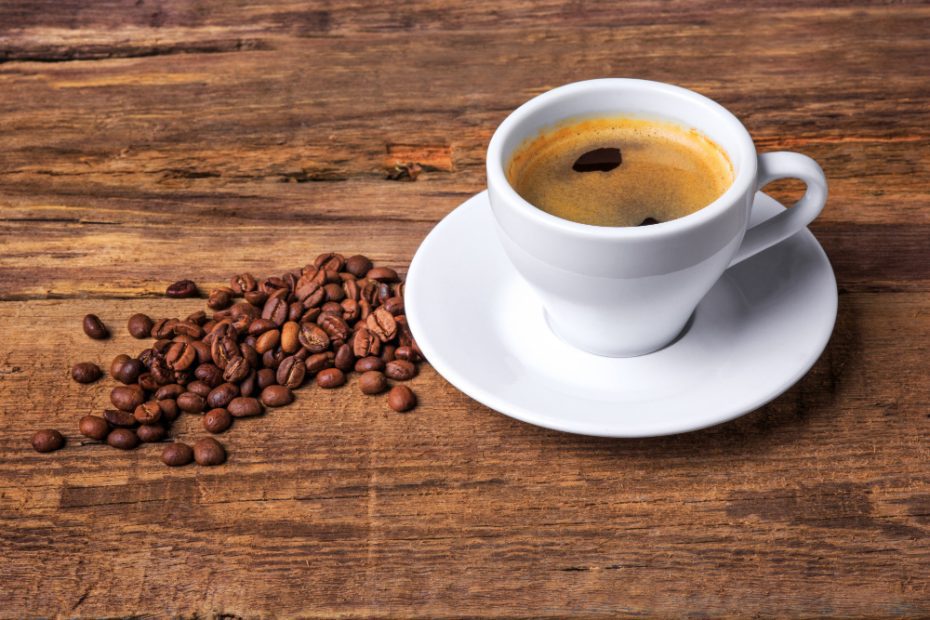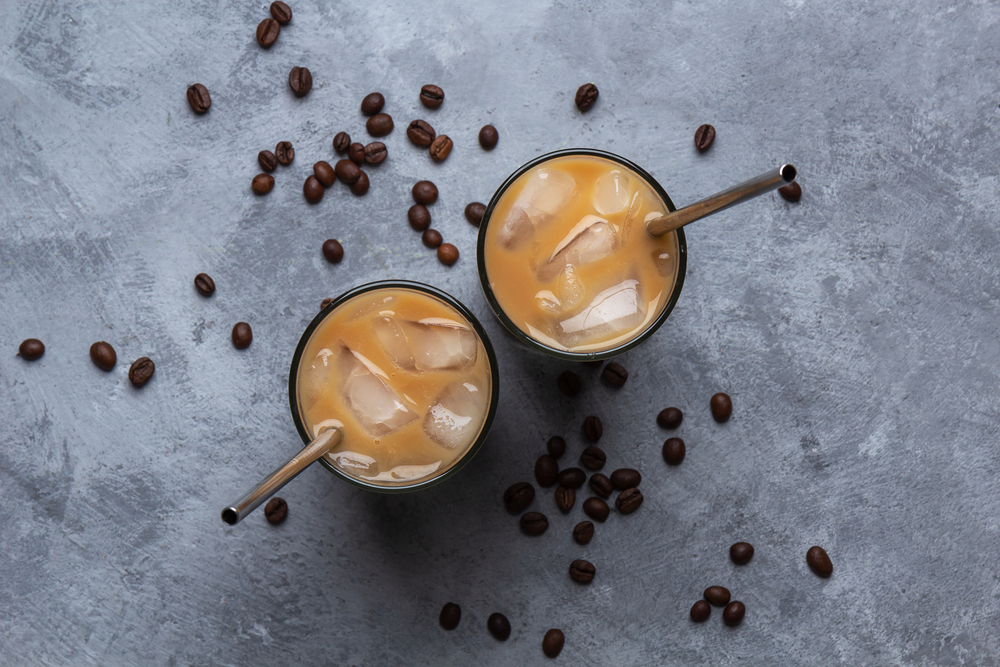Espresso, with its rich flavor and intense aroma, is a beloved coffee beverage enjoyed by many. One aspect of making the perfect espresso shot is achieving the ideal extraction time. The 30-second rule is often cited as a guideline for achieving optimal extraction. In this article, we’ll explore the significance of the 30-second rule, along with other extraction time guidelines and the golden rules of making espresso.
Understanding the 30-Second Rule for Espresso
The 30-second rule for espresso refers to the target extraction time for pulling a shot of espresso. It suggests that the brewing process, from the moment water comes into contact with the coffee grounds until the end of extraction, should take approximately 30 seconds. This guideline is widely used in the espresso community and is based on achieving a balanced and flavorful shot.
The Impact of Extraction Time
The extraction time plays a crucial role in determining the taste and quality of the espresso shot. During the extraction process, hot water passes through the compacted coffee grounds, extracting the desirable flavors, oils, and compounds. Different compounds are extracted at different rates, resulting in a dynamic flavor profile. The goal is to extract a balanced combination of sweetness, acidity, and bitterness, while minimizing any undesirable flavors.

Using just one pod and the touch of a button, experience a perfect brew with Tassimo’s range, including lattes, cappuccinos, and espressos. L’OR’s passion for the ultimate coffee experience is enhanced by Tassimo’s INTELLIBREW BARCODE TECHNOLOGY, ensuring precision brewing every time.
What is the 10-Second Rule for Espresso?
The 10-second rule is another extraction time guideline used in the world of espresso. It suggests that the time between the first drops of espresso coming out of the coffee machine and the end of the extraction should be around 10 seconds. This guideline is often associated with achieving a shorter, more concentrated shot, commonly known as a ristretto.
A ristretto shot contains less water and is typically bolder, sweeter, and less bitter compared to a regular espresso shot. The shorter extraction time restricts the amount of water passing through the coffee grounds, resulting in a more intense and less diluted flavor.
What is the 1:2 Rule for Espresso?
The 1:2 rule for espresso refers to the coffee-to-water ratio used to achieve a well-balanced shot. According to this rule, the weight of the extracted espresso should be approximately twice the weight of the dry coffee grounds used. For example, if you use 18 grams of coffee grounds, the yield of your espresso shot should be around 36 grams.
This ratio is often used as a starting point for espresso recipes, providing a foundation for consistency and balance in flavor. However, it’s important to note that individual preferences and the characteristics of the specific coffee beans used can influence the ideal ratio.
Should Espresso Be 20 or 30 Seconds?
While the 30-second rule is commonly referenced, the ideal extraction time for espresso can vary depending on various factors, including the coffee beans, grind size, brewing equipment, and personal taste preferences. In general, most baristas aim for an extraction time between 20 and 30 seconds, with 25-30 seconds being a common target.
The 20-30 second range allows for a balanced extraction, where the desirable flavors are extracted while minimizing over-extraction, which can result in bitterness. However, it’s important to remember that extraction time is just one element of the espresso-making process, and achieving a well-balanced shot involves considering other variables as well.
The Golden Rules of Espresso
While extraction time is essential, several other factors contribute to making a great espresso shot. These golden rules serve as guidelines for achieving consistency and quality:
- Freshly Roasted Beans: Start with high-quality, freshly roasted coffee beans to ensure optimal flavor.
- Proper Grinding: Grind the coffee beans just before brewing to maintain freshness and control the grind size.
- Even Tamping: Apply consistent and even pressure when tamping the coffee grounds in the portafilter to ensure an even extraction.
- Water Quality: Use clean and filtered water to avoid any undesirable flavors that can affect the taste of the espresso.
- Correct Water Temperature: The water temperature should be around 195-205°F (90-96°C) for optimal extraction.
- Proper Machine Calibration: Ensure that your espresso machine is calibrated correctly, allowing for consistent pressure and temperature during extraction.
By following these golden rules, alongside considering extraction time, you can strive to achieve the perfect espresso shot with a well-balanced flavor profile.
Conclusion
The 30-second rule, along with the 10-second rule and the 1:2 ratio, offers guidelines for achieving optimal extraction and flavor in espresso shots. While the 30-second rule is commonly used, it’s essential to consider other factors such as personal taste preferences, coffee beans, and equipment characteristics. By following the golden rules of espresso-making and experimenting with extraction time, you can refine your technique and create exceptional espresso shots that cater to your desired flavor profile.



